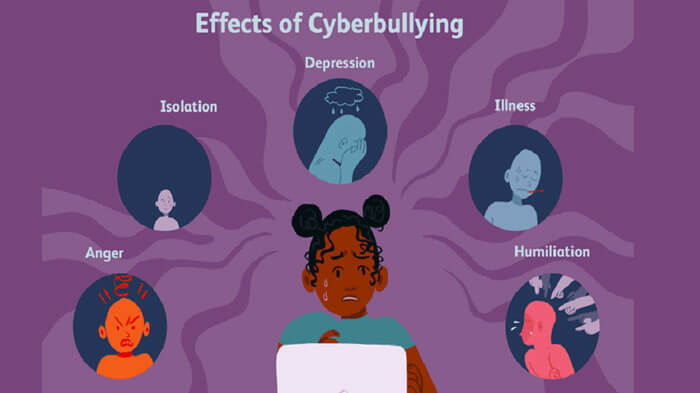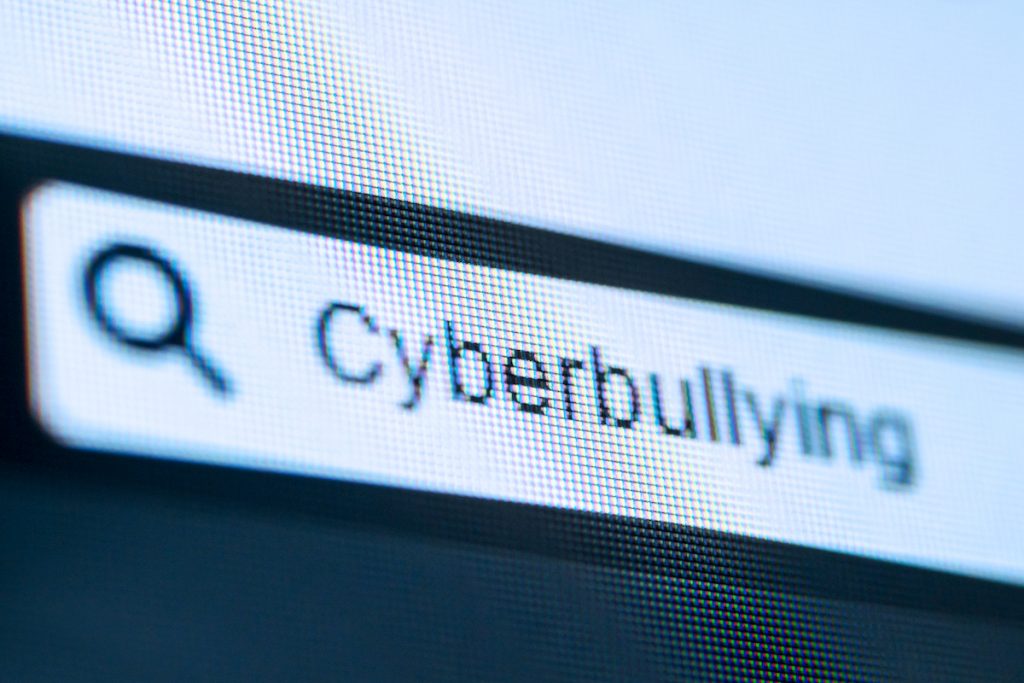Introduction
In modern society, the act of bullying has become ubiquitous. Advancement in technology has elevated bullying in a more severe form following the exponential growth of the technology industry in the recent years. Technology’s double-edged nature has significantly manifested in this prevalent issue (Welrave and Heirman 59). Consequently, cyberbullying has emerged. Cyberbullying is a growing problem in the society that has been associated with extensive use of technology through various platforms. Extensive research has also been conducted on cyberbullying in the attempt to decipher its meaning, the relation to traditional bullying, its causes and impacts.
There are many definitions of cyberbullying, but it is often defined as the use of technology to harass or threaten another individual (Notar, Padgett and Rodden 1). One explanation is that cyberbullying entails the use of different forms of technology to support deliberate and hostile behavior that aims to harm others (Willard 6). Willard also defines it as the harassing others by sending cruel material using digital technologies and the internet. The two definitions have been the building blocks for most of the research done on cyberbullying hence the literature review will provide a comprehensive analysis of the study that exists on cyberbullying and identify the gaps for future research.
Cyberbullying vs. Traditional Bullying
Researchers suggest that cyberbullying is a form of traditional bullying only that anonymity exists. Therefore, it is imperative to acknowledge the causes of traditional bullying to understand what cyberbullying entails fully. This is based on the fact cyberbullying is also conducted by individuals who bully others face to face (Ybarra and Mitchell 1308). Therefore, cyberbullying is directed towards the same victims only that it is done using different social networks (Juvonen and Gross 502). However, several characteristics distinguish traditional bullying and cyberbullying. While traditional bullying portrays the aggression of the harasser, cyberbullying allows anonymity. This characteristic makes it easier for the bully another individual. Also, the anonymity and the distance that technological devices will enable an individual to have makes them do atrocious and cruel acts than they would if it was traditional bullying (Patchin and Hinduja). This anonymity also reduces the possibility of having an intervention from a bystander or any remorse from the bully. It is also difficult for the victims to retaliate against the bully.
In most cases, the perpetrator of cyberbullying is oblivious to the harm he/she inflicts on an individual. To make matters worse, other individuals may intensify the damage caused to the individual by sharing the images or content through various forms of technology (Siegel 14). Thus, cyberbullying can reach thousands of individuals in a short time which makes it difficult for the individual to get away from his/her abuser (Patchin and Hinduja). Furthermore, it is even more challenging for the source of cyberbullying or prevent others from sharing the information as well as eradicating the information permanently. Smith suggests that one significant difference between traditional bullying and cyberbullying is motive where status or power is gained in traditional bullying but lacks in cyberbullying.
Cause and Effects of Bullying
In an attempt to understand cyberbullying, researchers have conducted numerous studies to explain the motive behind cyberbullying. Among the factors that seem to be prevalent in these studies include lack of social support from friends, boredom, anonymity approval and exposure to violence (Sahin). Calvete, Orue, and Estévez suggest that prejudice, envy, anger, and pride are some of the factors that may drive an individual to bully others on the internet. Cyberbullying among students is often attributed to the adolescent stage where there are many behavioral changes (Lindert). This is because it is the stage where individuals form new relationships which often influence the behavior outcomes (Mesch 389).In an instance where relationship problems such as break-ups occur, individuals may have negative reactions such as cyberbullying. This is attributed to the correlation that exists between aggression and loneliness (Sahin 835).Individuals who have close friends are more altruistic and confident are less aggressive hence lack of these factors perpetrate cyberbullying in schools.

Anonymity in cyberbullying is one of the primary reasons that has resulted in increased cases of emotional distress and psychological harm among many youths in schools. The increase can be attributed to the advantage that cyberbullying provides to the bully (Notar, Padgett and Rodden 3). The bully can attack anonymously and inflict psychological harm on another individual without being easily traced. This leaves the victim feeling alone and vulnerable. Researchers also conclude that the need for individuals to boost their self-esteem or to make themselves feel better is another reason that causes cyberbullying (Notar, Padgett and Rodden 5).
Cyberbullying affects the individual in numerous ways. However, the psychological impact that it has one the individuals cannot be overlooked. It is often characterized by depression, anger, and low self-esteem (Lindert). For students, cyberbullying results in school avoidance and academic difficulties. Even though it is characterized by such adverse effects, the worst outcome of cyberbullying is violence or suicide (Patchin and Hinduja).It is also associated with increased symptoms of trauma and stress. A survey conducted by the Second Youth Internet Safety Survey suggested that 38% of victims reported that their emotional distress was associated with the harassment they experienced as a result of cyberbullying (Nixon 153). The report also indicated that most victims eared for their safety because of the anonymity associated with cyberbullying. However, the impact that cyberbullying has on an individual also depends on the form of cyberbullying (Garret, Lord and Young). For instance, being bullied via a mobile phone and online evokes different reactions as online bullying over an extensive social network may have a significant effect on an individual.
Conclusion
Cyberbullying is still a new construct hence there is a lot of inconsistency in literature related to the methodology and definitions. Most of the research indicates that cyberbullying is an extension of traditional bullying only that technology has changed some of the aspects. It is also evident from the review that numerous studies have been conducted in the attempt to compare traditional bullying to cyberbullying, the causes as well as the impact that cyberbullying has on the victims. The fact that cyberbullying is a new concept that is evolving with the advancement in technology limits the research on cyberbullying. Furthermore, most researchers focus cyberbullying in learning institutions which limits the literature review.
Further research should aim to explore some of the issues addressed in the literature review with more focus being on other populations other than students. Also, further research should consider creating instruments that are standardized to evaluate efficiently cyberbullying. This will enhance consistent reporting of cyberbullying which also enable researchers to come up with prevention strategies. Therefore, the research question to focus on would be on the prevention strategies for cyberbullying in the society.
Peachy Essay essay services team offers a wide range of services including Sociology Writing Help:
– Sociology Assignment Writing Services
– Sociology Assignment Help
– Sociology Essay Help
– Sociology Essay Writing Service
– Sociology Dissertation Writing Services
– Sociology Dissertation Help







